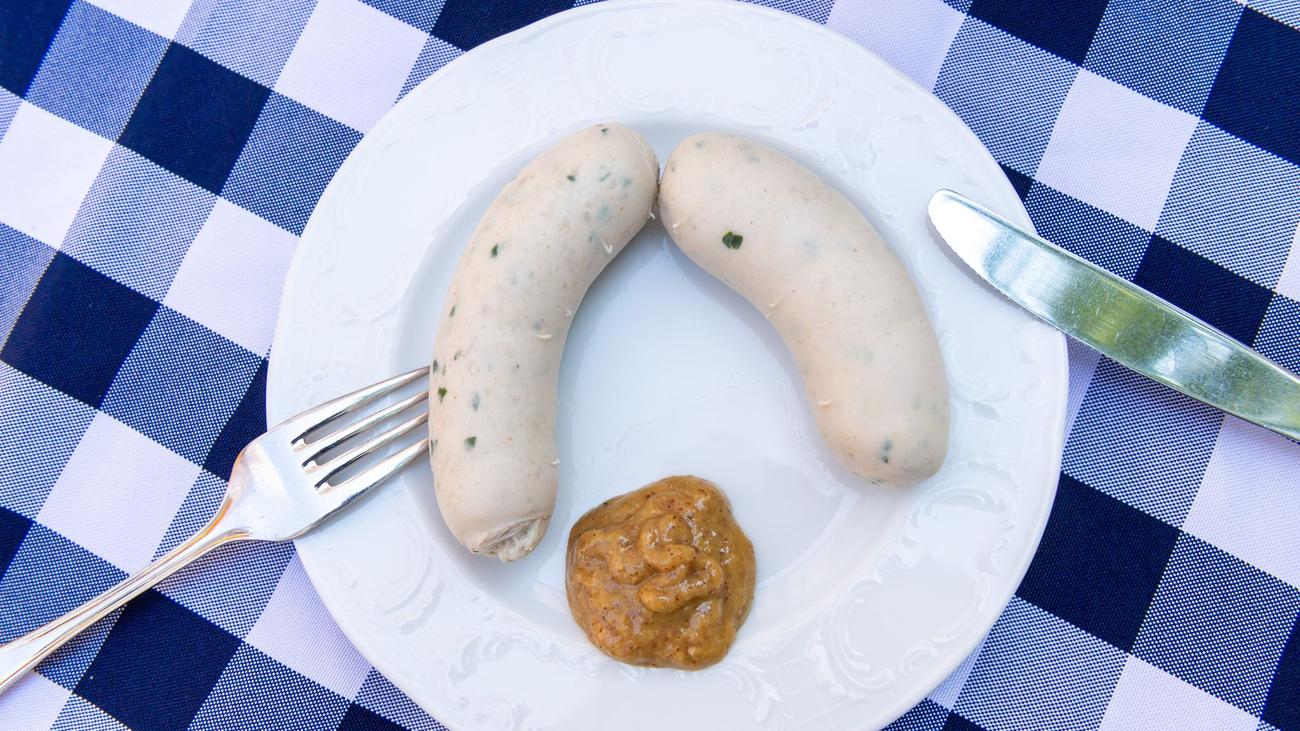
Bavarian Breakfast Delicacy: Weißwurst, Breze, Sweet Mustard
The holy trinity of Bavarian breakfast – Weißwurst, Breze, sweet mustard – remains a beloved tradition not only in Bavaria but beyond its borders. Despite the overall decline in meat consumption, this iconic delicacy has defied the trend, as confirmed by the Bavarian Butchers’ Association.
"We’re not seeing any downturn," says Lars Bubnick, State Managing Director, ahead of Weißwurst Day on Saturday (February 22).
Bubnick has experimented with various Weißwurst preparations, including Weißwurst salad, grilled, and even deep-fried variants. "Everyone can enjoy it the way they like it," he says. However, his preference lies in the classic method: freshly boiled, perhaps with parsley or lemon added to the simmering water. "For heaven’s sake, don’t boil them; simmer them gently." And to complement the Weißwurst, a crispy Breze, sweet mustard, and Weißbier.
This delicacy has also captured the hearts of international visitors. But how does one extract the sausage meat from its skin? Beobachtungen at the Hofbräuhaus in Munich suggest that even tourists from Asia and Australia have become adept at this task. "Social media has taught tourists how to eat this exotic dish," explains Tobias Ranzinger, spokesman for the Hofbräuhaus. However, the servers are sometimes surprised to find empty plates, devoid of any sausage casing.
And what about ketchup or spicy mustard? "An absolute no-go," declares Jakob Portenlänger from the Alter Wirt in Grünwald near Munich on YouTube. In his video, he demonstrates how to tackle Weißwurst with a knife and fork and how to extract the meat using the traditional "zuzeln" (sucking) technique.
The Bavarian State Ministry of Food, Agriculture, Forestry, and Tourism also provides tips for consuming Weißwurst, which is typically ordered in pairs and contains veal and pork along with parsley and other spices.
On its website, the ministry recounts the legendary origin of Weißwurst on February 22, 1857. It is said to have been the result of a mishap. The innkeeper of the "Ewigen Licht" in Munich ran out of sheep intestines for his Kalbsbratwürste (veal sausages). In desperation, he stuffed the light-colored sausage meat into thicker pig intestines and, fearing they might burst in hot fat, boiled them instead of frying them.
Initially met with skepticism, the new creation became a resounding success, as recorded by the ministry. And its popularity extends far beyond Munich, as Bubnick notes. "Weißwurst is Bavarian cultural heritage beyond the borders of Bavaria." Even a Bavarian Weißwurst Queen is crowned annually, with the ceremony taking place on Saturday in Bodenmais, Lower Bavaria.
Are there any concerns about imitations? Bubnick assures, "Customers can taste the original. That’s why we’re not worried."
